Whether it's roasted, fried or sandwiched between a burger bun, chicken is still our meat of choice - we eat twice as much of the stuff as we do beef (that's almost two million tonnes per year).
Budget, ethics and taste all enter the equation when buying your bird: do you go for organic? Free range? And is there really any point in buying a chicken for under a fiver?

With chicken hitting the headlines following a Guardian investigation into hygiene, what is the safest way to get your meat from farm to fork?
One thing is for sure, steer clear of the cheap factory-farmed birds and head to your local butcher.
Bird buzzwords
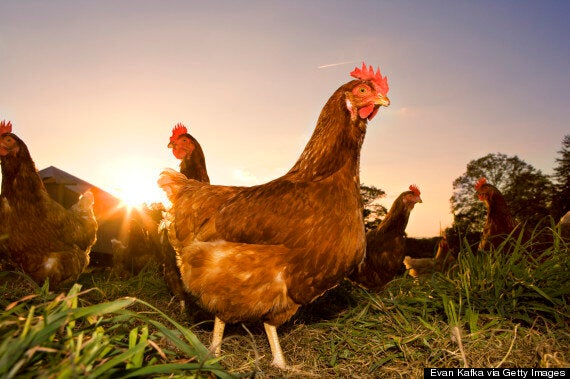
Organic:
This refers to what the chickens eat. Organic farms don't use chemical fertilisers or pesticides and they provide high levels of animal welfare too (where the birds can roam outside for part or all of their lives).
Free-range:
This means that chickens have been more active (spending part of their lives outside) and have had time to develop naturally too. The meat typically has less fat than reared chickens, and they're tastier too.
Freedom foods:
This covers free-range, organic, indoor and outdoor farms, as long as the RSPCA's welfare standards are met.
Red Tractor:
If your meat has the Red Tractor logo, it means that it has met responsible production standards and the meat is fully traceable back to independently inspected farms in the UK.
SEE ALSO:
Chicken and Prawn Magic Rice Bowl Recipe
Meet The Man Making Fried Chicken Healthy (And Pretty Damn Cool)
Which cut?
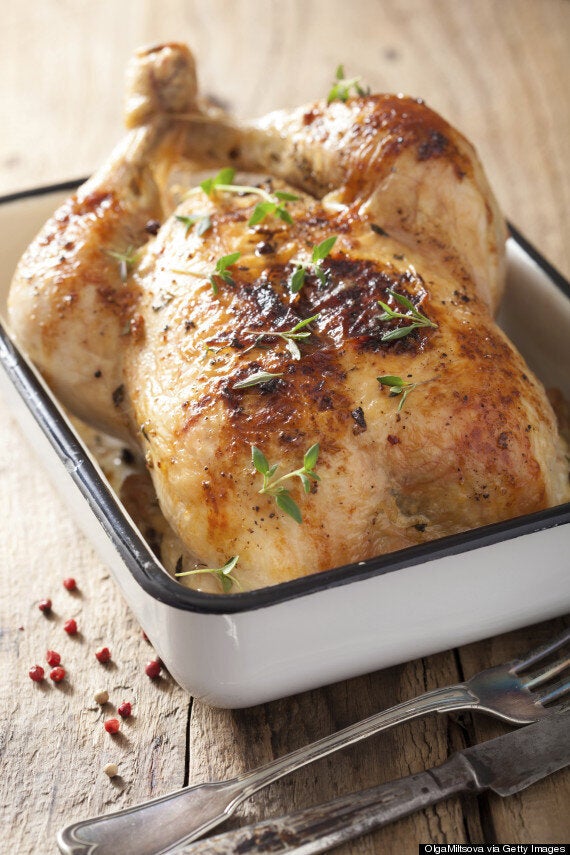
If you're not buying a whole bird, the type of meat you need depends on what you're going to cook. The breast meat is tender and is great for grilling, baking or adding to a quick stir-fry.
The darker meat (thighs and legs) may be tougher but they are packed full of flavour. Try using in slow cooked dishes, casseroles or stews.
Money matters
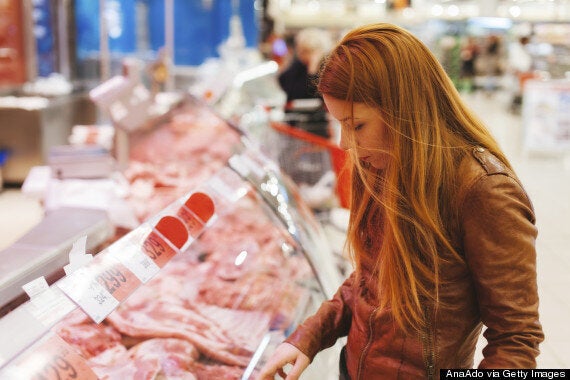
While the cheapest way to get more for your money is to buy a whole chicken and chop it up yourself, not many of us have the butchery skills to do this. So why are chicken breasts more expensive than wings or legs?
Richard Turner (Executive Chef of Hawksmoor and Director of Pitt Cue Co.) and James George, founders of butcher Turner & George say:
"For reasons unbeknown to us customers often perceive the breast to be a prime cut, this means that an excess of legs and wings are created by the market forces of supply and demand.
Whilst the trend in recent years may have been for breasts, legs and wings are now fighting back."
Storage
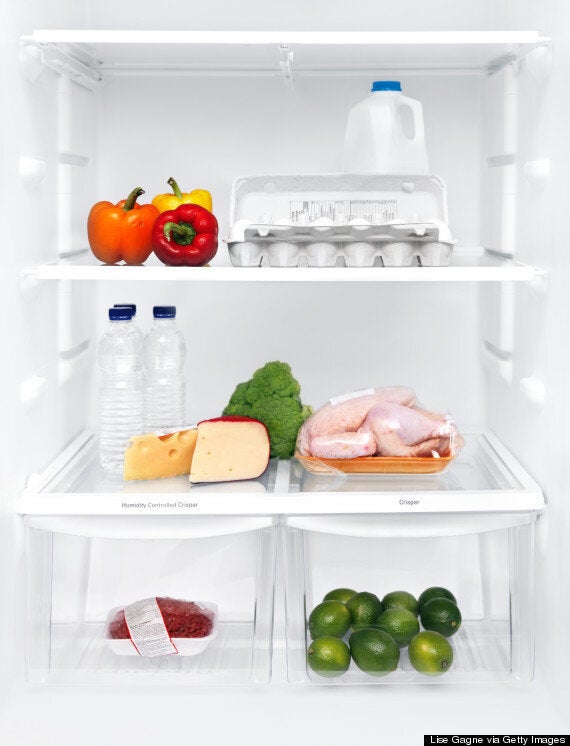
Never put raw chicken on the top shelf of your fridge. The juices could easily drip onto other foods and potentially contaminate them. Place covered on the bottom shelf.
Don't wash your chicken
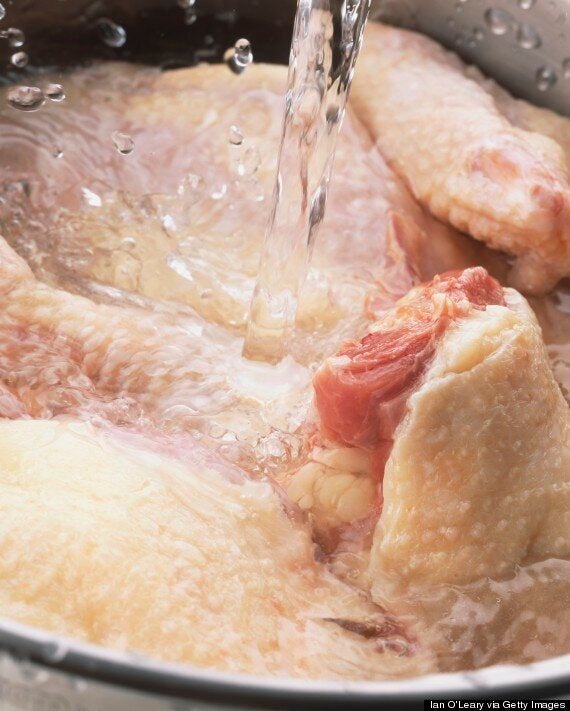
Who are these people that wash their chickens anyway? Cooking will kill any bacteria present in your bird (including campylobacter), and washing your chicken will just spread germs through splashing.
However, it's important to make sure you wash utensils, chopping boards and surfaces used to prepare raw chicken thoroughly.
Cook thoroughly

Cut into the thickest part of the meat and check that it is steaming hot, has no pink meat, and that the juices run clear.